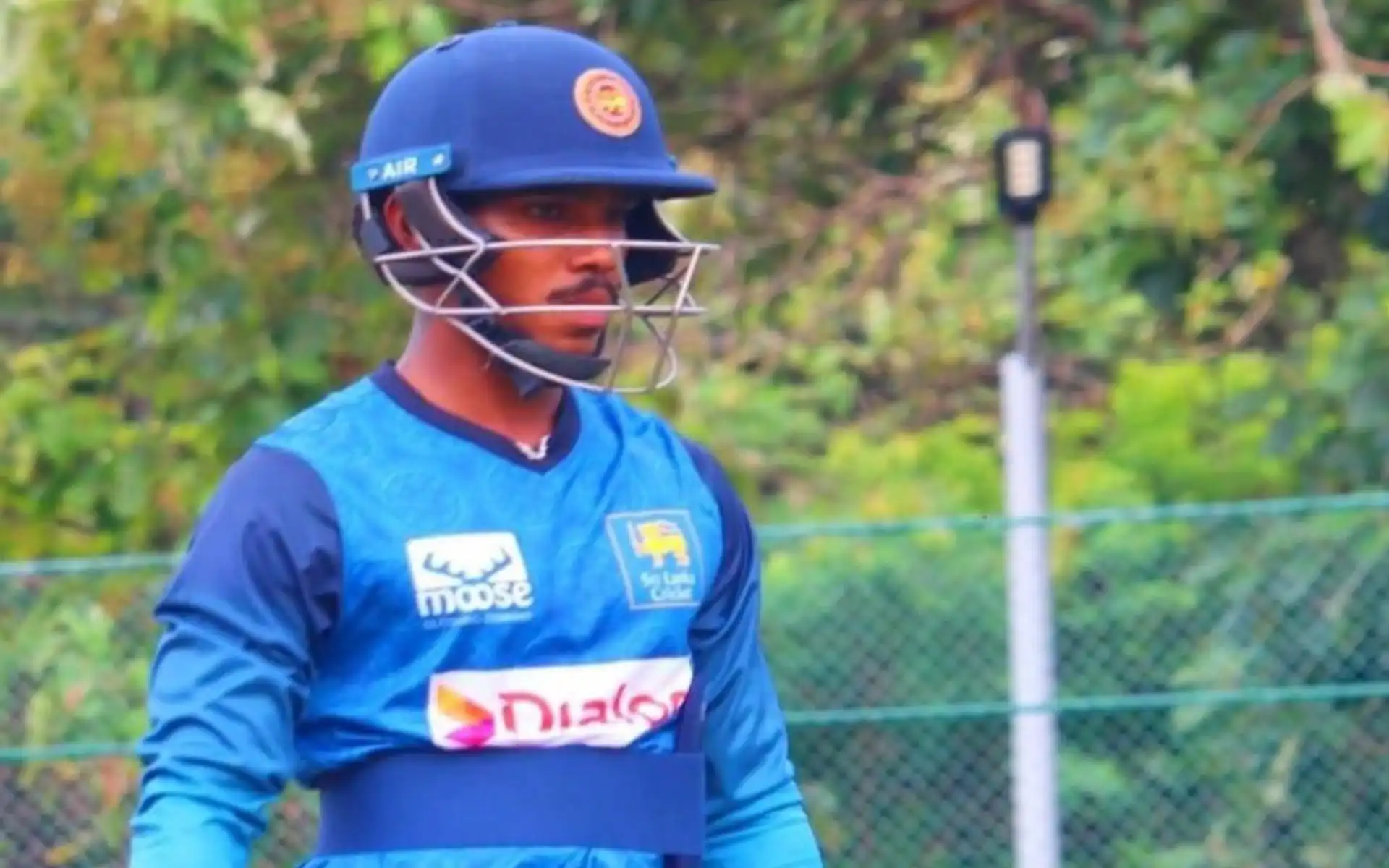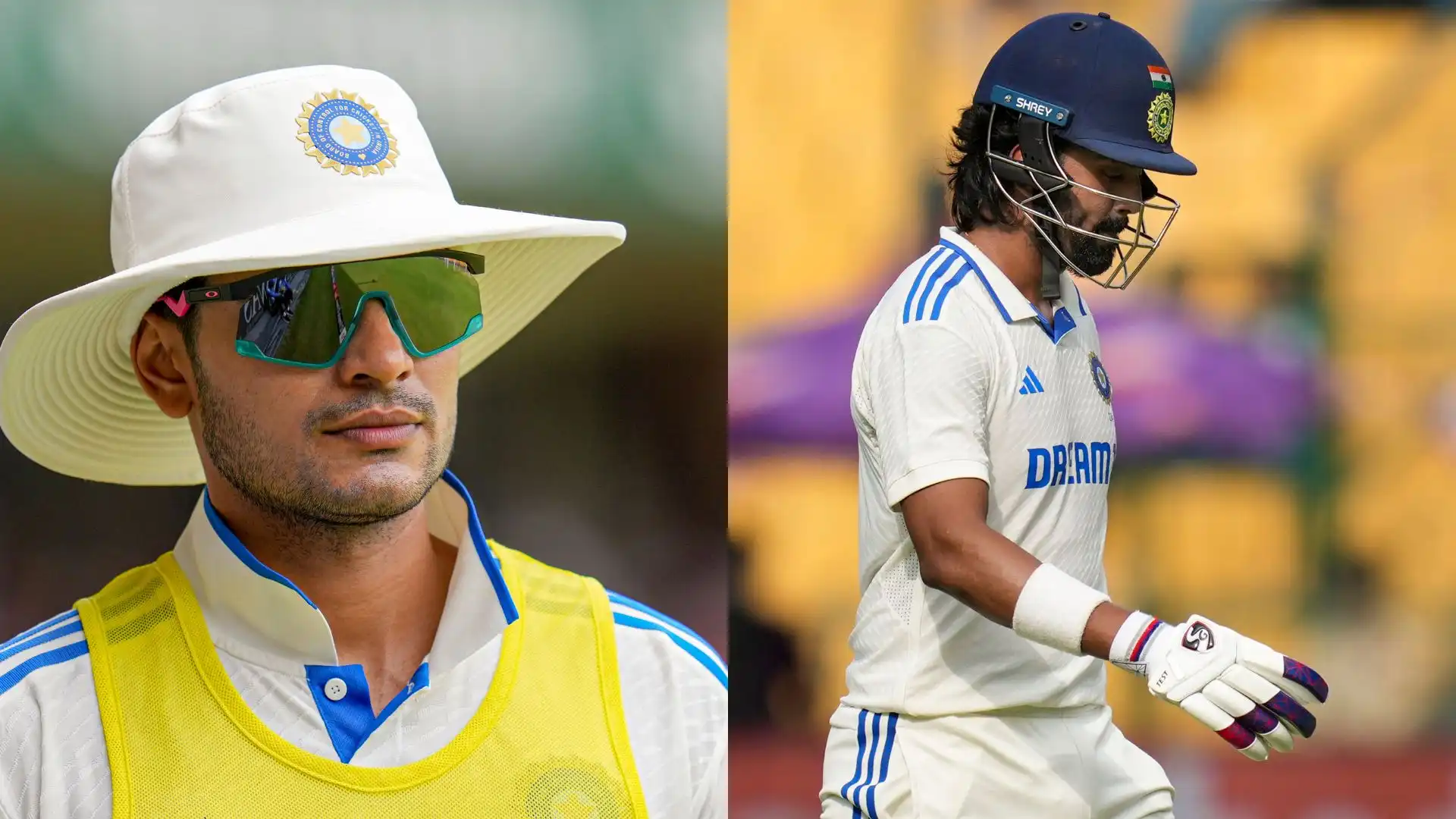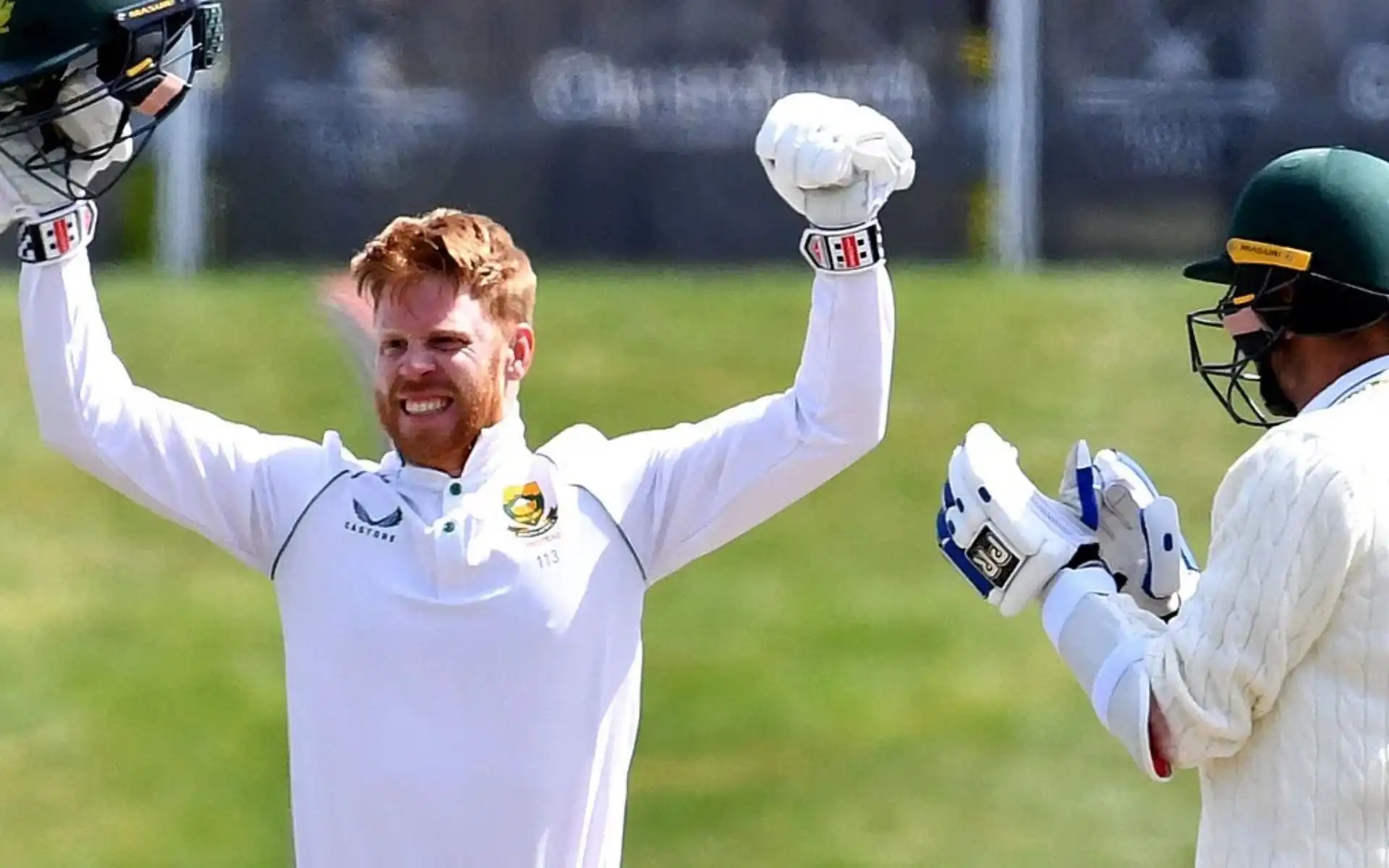![Pallekele International Cricket Stadium [Source: @_xziya/X]](https://onecricketnews.akamaized.net/parth-editor/oc-dashboard/news-images-prod/1729585479561_pallekele_pitch(2).jpg?type=hq) Pallekele International Cricket Stadium [Source: @_xziya/X]
Pallekele International Cricket Stadium [Source: @_xziya/X]
On Wednesday, Sri Lanka will lock horns with West Indies in the second ODI of the ongoing three-match series. Led by Charith Asalanka, Sri Lanka had a magnificent start to the series, swatting aside the visitors by five wickets in the first game.
Despite a top-order collapse, West Indies reached a respectable score of 185 runs in 38.3 overs before a rain interruption. When the match resumed, Sri Lanka were given a tough 232-run target to go one-nil up in the series. The hosts went past the finish line with five wickets to spare, with Nishan Madushka and Charith Asalanka slamming quick-fire fifties.
So, the hosts are high on confidence heading into the second ODI, and they would be keen to extend their purple patch. On the other hand, it's a do-or-die clash for West Indies, as another loss will hand Sri Lanka the trophy.
As the stage is set for a fascinating encounter, let's see how the surface at Pallekele International Cricket Stadium will behave throughout the contest.
Pallekele International Cricket Stadium Pitch Report
With a bit of rain and overcast conditions around, the pitch at Pallekele International Stadium might offer a hint of seam movement and extra bounce to the fast bowlers early on with the new ball. So, the batters must carefully negotiate the initial few overs before shifting gears.
As the game progresses, the pitch will become better for batting. However, the spinners will get significant help off the surface and keep the batters on their toes in the middle overs. In the second half, the conditions are expected to be a lot better for batting, with the ball coming nicely onto the bat.
Overall, chasing sides have been more successful in Pallekele, winning 22 matches compared to only 16 by teams batting first. So, considering the pitch's nature and the venue's track record, the toss-winner will likely field first.
.jpg)





